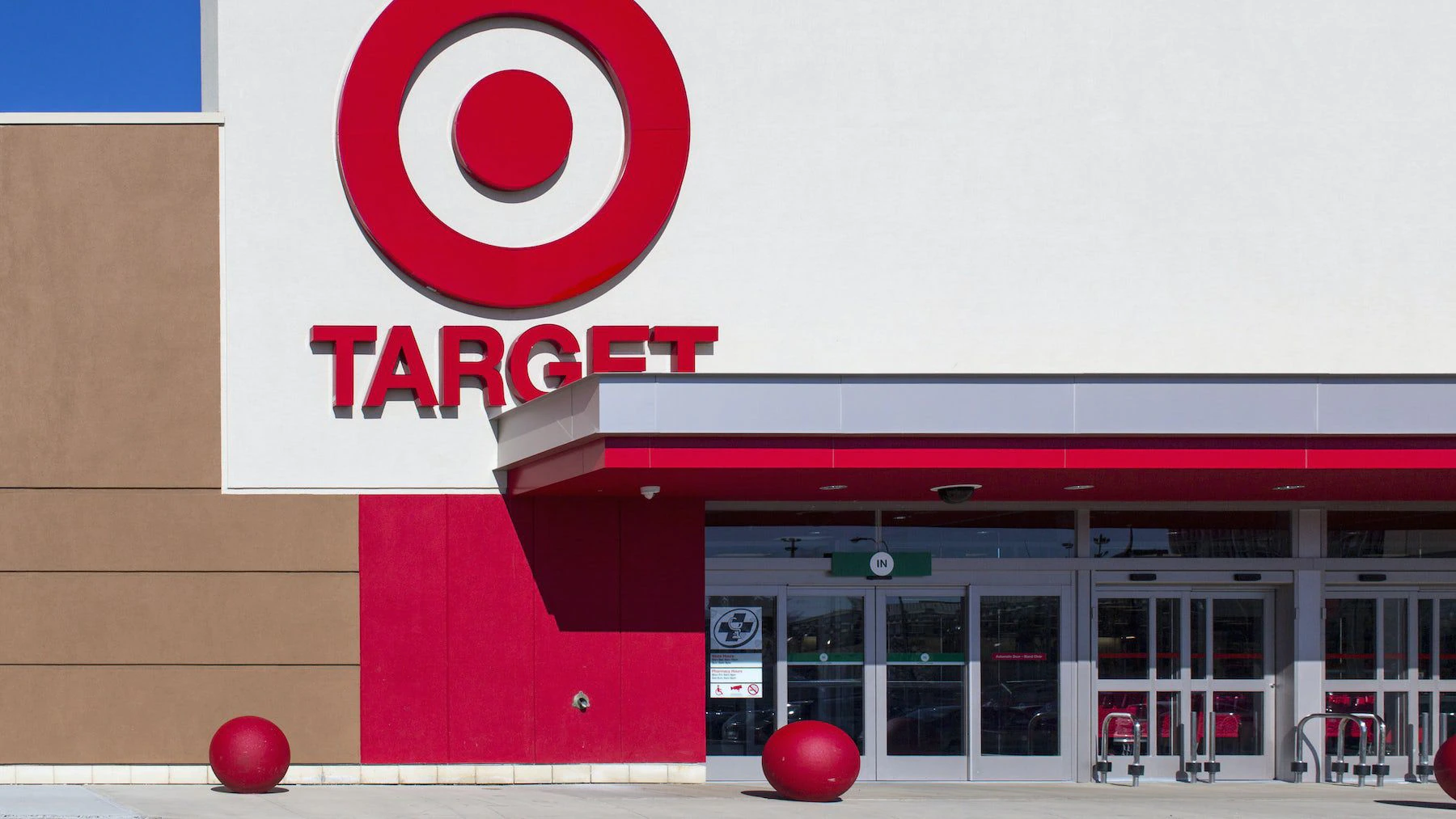
Target Corp said on Thursday it plans to hire up to 100,000 seasonal workers for the holiday season and start offering festive deals earlier than previous years as it gears up for the critical shopping period amid a slowing economy.
The big-box retailer had hired 100,000 workers for last year’s holiday season, which was marked by tight labour supply. It had hired about 130,000 seasonal workers each year in 2019 and 2020.
Retailers have taken a more cautious view of this year’s holiday season as consumers facing decades-high inflation cut back on discretionary spending.
Walmart Inc on Wednesday announced plans to add 40,000 workers in seasonal and full-time roles for the holiday period. A year earlier, Walmart had said it would hire 150,000 workers for mostly full-time positions.
Holiday retail sales are expected to rise between 4 percent and 6 percent year over year from November to January, compared to the 15.1 percent increase in the same period last year, according to Deloitte’s annual holiday retail forecast released on Sept. 13.
Inflation’s impact on American wallets has also led some analysts and companies to predict another early start to holiday season shopping on expectations consumers will feel a sense of urgency to find discounts.
Target said it would run its first set of holiday savings deals this year from Oct. 6 to Oct. 8. In 2021, it had begun festive deals on Oct. 10.
Department store chain Macy’s Inc also expects holiday shopping to start in October. However, Best Buy Co Inc expects to return to the usual late pre-pandemic holiday shopping pattern.
Target, which had about 450,000 workers at the end of January, said its new holiday hires will work in stores and supply chain facilities.
By Uday Sampath; Editors: Krishna Chandra Eluri and Savio D’Souza
Learn more:
2022′s Holiday Delivery Challenge: Softening E-Commerce Demand
FedEx, United Parcel Service and other delivery firms that struggled with too much pandemic-fueled demand from online retailers like Amazon and Walmart, now have the opposite problem – too much delivery capacity.


